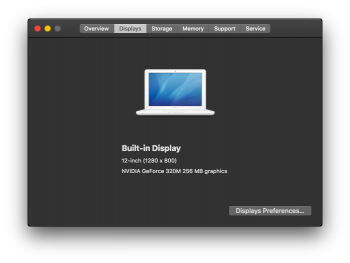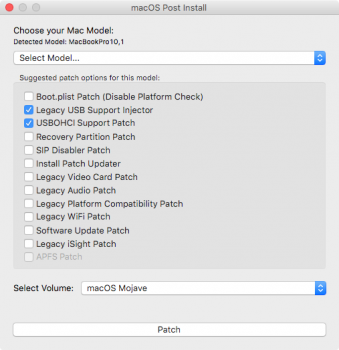I suggest you save your money. It will be a constant battle with Apple and an increasingly frustrating experience of a clunky, slow and inferior interface. In macOS 10.15 you will be forbidden from running 32bit apps, and it is not even certain if we will make it so far. The way I see it, we might not go beyond 10.14.4, or 10.14.5. That was the reason for my complaint in an earlier post.250€... and disabling amd gpu makes it slower? (They are expensive in germany)
2012 logicboard means a new mainboard? So then i have a 2012 mbp?
So, put instead Windows 10 Pro on that machine. The old drivers provided by apple are all supported. Everything works as supposed to. Dark Mode in Windows 10 looks better than the unsupported gimmick we have now on Mojave. Updates on Windows are FOR LIFE and not for the tiny 5 to 7 years apple gives you. You get monthly security updates and 2 major yearly updates, from which one is a feature update. So every year your Windows 10 will run better and will have more and more features. Compare that to the hurdles we get from Apple. Plus you can run from 32bit programs created for Windows 95 to the latest native Microsoft Store Apps in 64bit (same for the phone version) and all in-between. And the saying "There is an app for that" is actually 100% true on Windows. You can get MacFanControl (free) and set it to regulate fans by measuring the chip sensor, for example. That last one you need, because apple intentionally gives inferior drivers for bootcamp, forcing their equipment to run hotter on Windows compared to macOS. And you can get modified and updated drivers for the AMD video card in your computer free of charge at https://www.bootcampdrivers.com, which work better on Windows, than the native drivers on macOS.
Last edited:



